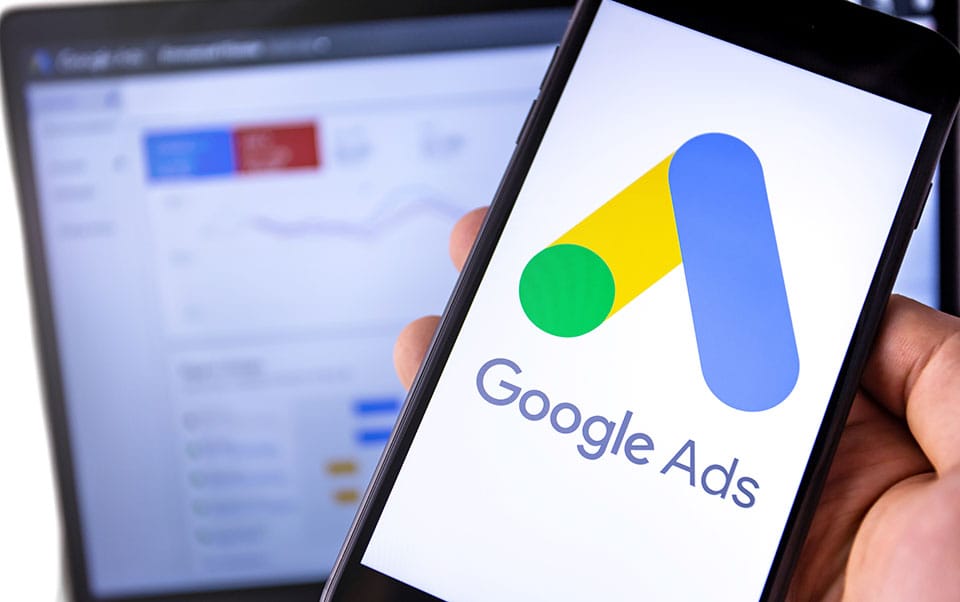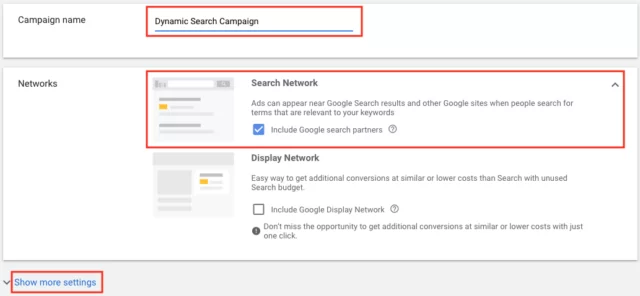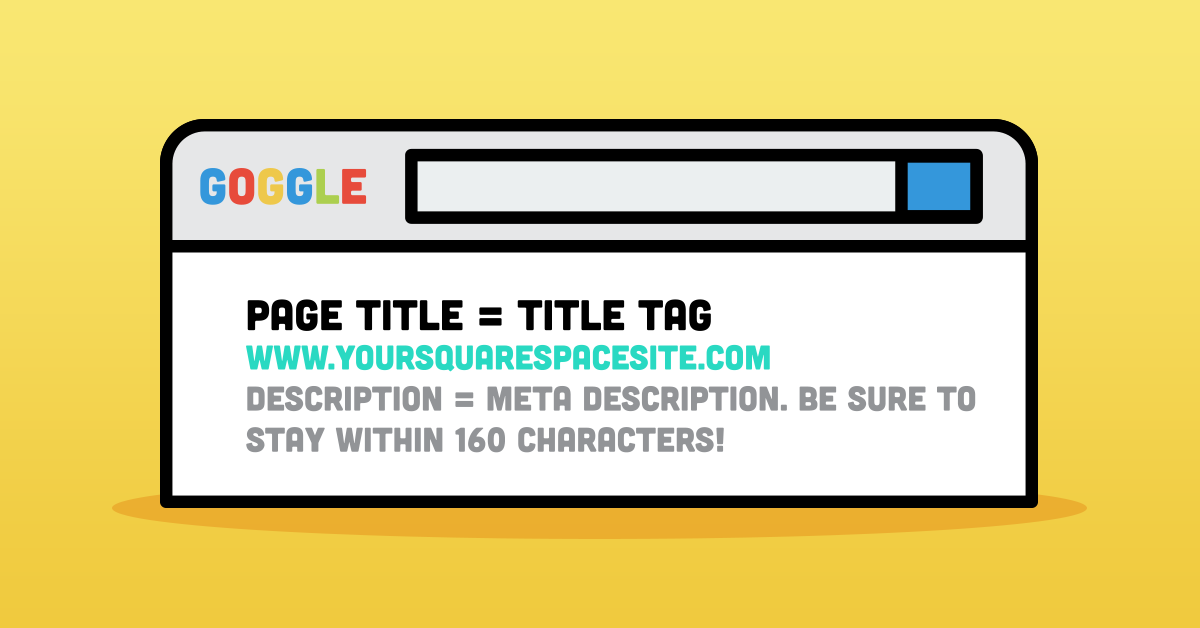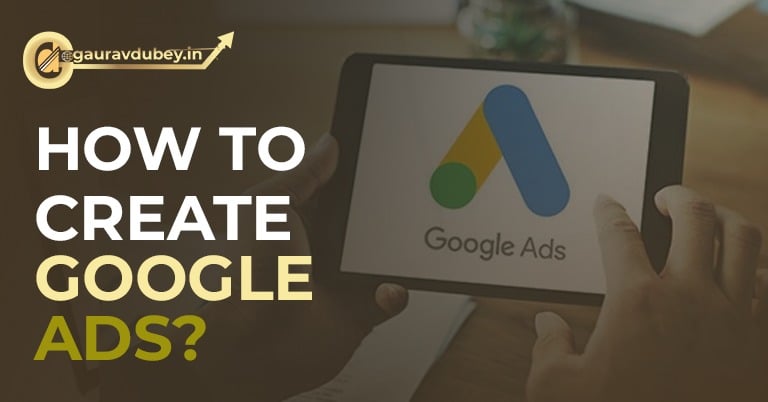Without the appropriate direction, managing Google Ads alone—which doesn’t offer any aid with proper campaign structure, bidding strategy, or ad copy optimization—can easily become daunting. In certain circumstances, the assistance might come from tools that make choosing the best campaign structure, conducting keyword research, and conducting strategic bidding more manageable; in other circumstances, it might entail outsourcing the work to more skilled digital marketers. Let’s look at the foundations of managing a Google Ads account to help you better understand how much effort is needed to maximize ROI for your pay-per-click ads. Experimentation, optimization, and growth are three broad categories into which they can be divided.
What is Google Ads?
A paid internet advertising platform provided by Google is called Google Ads. The basic operation is still the same: When users enter a keyword, a search engine results page displays the findings of their inquiry (SERP). A paid advertisement using that keyword as its target could be one of those outcomes. When users look up relevant keywords, they can use Google Ads to advertise and promote their goods and services. When done effectively, it can greatly increase leads and sales.

How do Google Ads work?
Google Ads operates under the pay-per-click (PPC) business model. They target the keyword on Google and make bids in an effort to compete with other marketers who are targeting the same term.

There are four possible bids available to marketers:
-
Cost-per-click (CPC)
what you pay when a user clicks on your advertisement.
-
Cost-per-mille (CPM)
what you pay for every 1000 ad impressions.
-
Cost-per-engagement (CPE)
How much you must pay each time a customer reacts in a certain way to your marketing (signs up for a list, watch a video, etc.)?
-
Click-through-rate (CTR)
How much is the ratio between clicks and impressions?
How to advertise on Google?
You need a Google account for your company or brand in order to advertise on Google. It’s alright if you don’t yet have one. You can find directions for creating one by clicking this link. You can start buying Google ads as soon as your account is ready and operational.

1. First, decide on a successful objective
Start by visiting the Google Ads homepage. Next, click the Start Now button in the top right corner or the center of the page. Click + New Campaign if you are sent to your dashboard. Next, you’ll have to decide on your campaign goal. Selecting this objective will inform Google of the audience you want to target and the method you’ll use to pay for clicks.

2. Secondly, pick a name for your campaign and some keywords
Click Next after deciding on your objectives. Your business name must be entered on the following page. After adding your company name, click Next. The URL that users will travel to after clicking on your advertisement can now be added. The keyword topics that go with your advertisement and brand can be selected on the following page.

3. Set Your Budget
By running internet ads, what do you intend to achieve? Do you desire increased website traffic? increase the number of locals who contact you? Are you trying to increase the number of people who know about your company in a specific area or within a specific group of clients?
To assist you choose your goals, it can be helpful to have a concept of the outcomes you want. Then, you can create particular campaigns or test particular tactics to assist you in achieving those goals and making the most of the money that you have established. With Smart campaigns, you are able to establish a maximum monthly ad budget so that ad bids can automatically adapt to optimize outcomes in order to help you reach your objective of boosting clicks or calls. As you gain experience as an advertiser, you can investigate bid methods like CPA, Cost per Acquisition, and CPM, Cost per thousand Impressions.

Choose your Google Ads marketing budget per month, and then commit to staying inside it. You can establish a daily budget cap using Google Ads, albeit on some days it can seem like your daily budget is bigger. This is so that Google can analyse the volume of daily searches and show your adverts more frequently on days when there are more searches, and less
frequently on days when there are fewer searches. Thus, there is a 20% potential range for your daily budget. Don’t stress, and try to refrain from adjusting your budget restrictions excessively. Wait until the results start to come in before you change your campaign again. For added protection against campaign overspending, Google Ads automatically averages your daily budget over the course of the full month.
4. Third, select your target audience
You may choose the location for your ad’s target audience on the following page. This could be close to a particular address, like a physical business or site. Pick the area you wish to concentrate on. Click Next when you’re done.

5. Fourth, make a terrific advertisement
The title and description of the advertisement can both be written in this section. The ad preview box on the right side makes everything simpler. For you to get started with writing your advertising, Google also provides useful advice and example ads. Knowing your audience is the only requirement for crafting effective ad text.

6. Fifth, configure your billing
It’s simple to do this section. Fill out the form with all of your billing information and any discount codes you may have. Next, select Submit. Congratulations! You’ve just made your first Google advertisement!

7.Write Your Ads
Although Google Ads will let you know how many times your ads have appeared in searches (known as “ad impressions”) or when they have been clicked, you won’t know if those interactions resulted in conversions on your website—customers making purchases, making phone calls, filling out forms, or taking any other action you want them to in order to support your company’s objectives. You may better understand what clients do after clicking your ad and going to your website with Google Analytics, a free tool.
Let’s say you run online advertisements for your photography studio that send people to the home page of your website when they click. On the other hand, you can see from the Google Analytics data that the bulk of your visitors go straight to the “Portfolio” page. This can indicate that visitors find the other page to be more pertinent, in which case you might think about switching your landing page to the ‘Portfolio’ page.
The keywords you’ve picked to try to trigger your ad might not be as relevant as you anticipated, as evidenced by Analytics’ ability to show you that people are abandoning your website right away after clicking a specific ad. Instead of spending money on keywords that aren’t producing conversions, perhaps try some new keywords.
What connection is there between this information and your spending plan? By making adjustments like these, you might be able to give prospective customers a better experience and increase conversions. In addition, a more pertinent landing page or set of keywords may improve your ad’s Quality Score, a crucial criterion that affects how Google Ads spends your budget and which can help to bring down your average click-through rate.
8. Optimise Your Keywords
Let’s talk about what criteria make a keyword lucrative on the Google Ad Grant platform before we go over the tools you can use to hunt for Google Ads keywords:
High volume of searches
Similar to the way we approach organic search terms for SEO, we want our Google Ads keywords to have a high monthly search volume to improve our chances of connecting with more users. When you add keywords to your account, Google Advertisements will actually mark them with a “low search volume” notification; although these terms are legal, it’s doubtful that they’ll be used to deliver your ads.
Specificity of the topic
You can create boundaries for brainstorming and selecting the most pertinent and helpful keywords by segmenting your ad campaigns into as many logical ad groups as you can. You have a better chance of creatively connecting with your audience at the level of their search intent when you add these particular, long-tail keywords, and you might also experience less competition.
Display on the landing page for your ad
The majority of the Google Ads keywords you associate with a certain ad should ideally be included on the landing page that your ad links to. While it may not always be achievable, your aim should still be to provide a seamless user experience from the search term to the landing page so that your users never get the impression that they were duped by your advertisement.
Adhere to the policy
According to the 2018 revisions to the Google Ad Grant policy, you should AVOID selecting keywords for your account that are single words, branded by other companies, or excessively general (such as “free films” or “today’s news”).
You can use the following tools to generate ideas and identify the ideal Google Ads keywords for each of your campaigns and ad groups now that you know what to look for-
- Google Trends
- Existing Queries
- Your website
- Your Competition’s Keywords
- Pop Culture and Current Events

